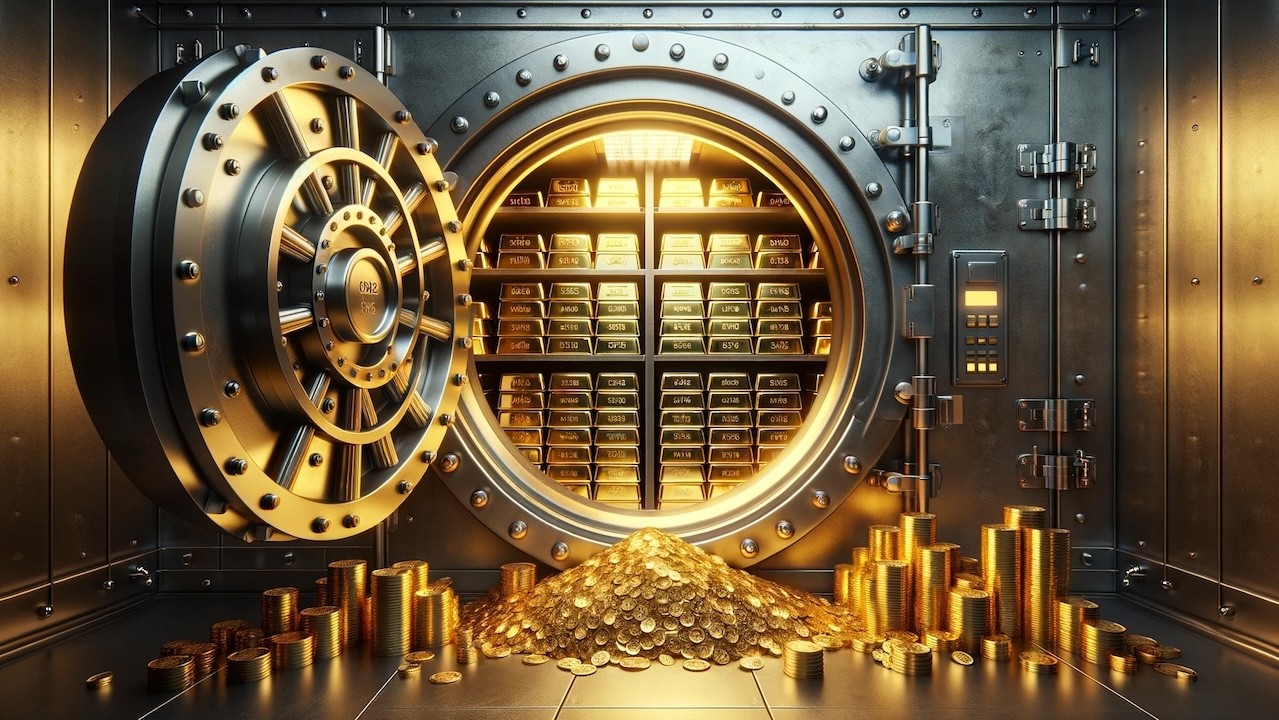(Mike Maharrey, Money Metals News Service) Could we see $27,000 gold? That seems far-fetched but financial analyst and investment banker Jim Rickards makes the case that it could happen.
Gold charted a big rally in recent months, hitting a new all-time high of over $2,400 an ounce last month. Even with the higher prices, gold demand has remained robust. Central banks globally are adding gold to their reserves, as have investors, particularly in the East.
There are certainly plenty of reasons to be optimistic if you’re a gold investor. But Rickards believes that we could see $27,000 an ounce gold by 2026.
How could that happen? It almost seems absurd, doesn’t it?
But Rickards insists he’s not just throwing that number out there to get attention or shock people. He says, “It’s not a guess; it’s the result of rigorous analysis.”
He arrives at this number by considering the price of gold if there was a monetary gold standard.
Rickards concedes that there is no appetite for a gold standard right now.
“They have no interest in a form of money they can’t control. It took about 60 years from 1914–1974 to drive gold out of the monetary system. No central banker wants to let it back in.”
But what if they don’t have a choice?
“What if confidence in command currencies collapses due to some combination of excessive money creation, competition from Bitcoin, extreme levels of dollar debt, a new financial crisis, war or natural disaster? In that case, central bankers may return to gold not because they want to, but because they must in order to restore order to the global monetary system.”
While it might not be likely, nothing in that scenario seems out of the question. And there certainly seems an appetite for a gold-backed currency to compete with the dollar in some circles. Officials in the BRICS block have floated the idea.
Rickards starts from the assumption this is a possibility and asks the question: what is the new dollar price of gold in a system in which dollars are freely exchangeable for gold at a fixed price?
Rickards points out that you can’t have a price that’s too high. If so, investors would sell gold for dollars and spend freely. If the price is too low, people will hoard gold. There is historical precedent for both scenarios.
Rickards said the goal would be to find the Goldilocks price by maintaining an equilibrium between dollars and gold.
“The U.S. is in an ideal position to do this by selling gold from U.S. Treasury reserves, about 8,100 metric tons (261.5 million troy ounces) or buying gold in the open market using freshly printed Fed money. The goal would be to maintain the dollar price of gold in a narrow range around the fixed price.”
And what is that price?
Rickards calculates it at $27,533 per ounce.
He uses the M1 money supply as the starting point and assumes a 40 percent gold backing for notes.
“Applying the 40% ratio to the $17.9 trillion money supply means that $7.2 trillion of gold is required. Applying the $7.2 trillion valuation to 261.5 million troy ounces yields a gold price of $27,533 per ounce.”
Would things play out this way? There is certainly no guarantee. But it isn’t outside of the realm of possibility.
Mike Maharrey is a journalist and market analyst for MoneyMetals.com with over a decade of experience in precious metals. He holds a BS in accounting from the University of Kentucky and a BA in journalism from the University of South Florida.

